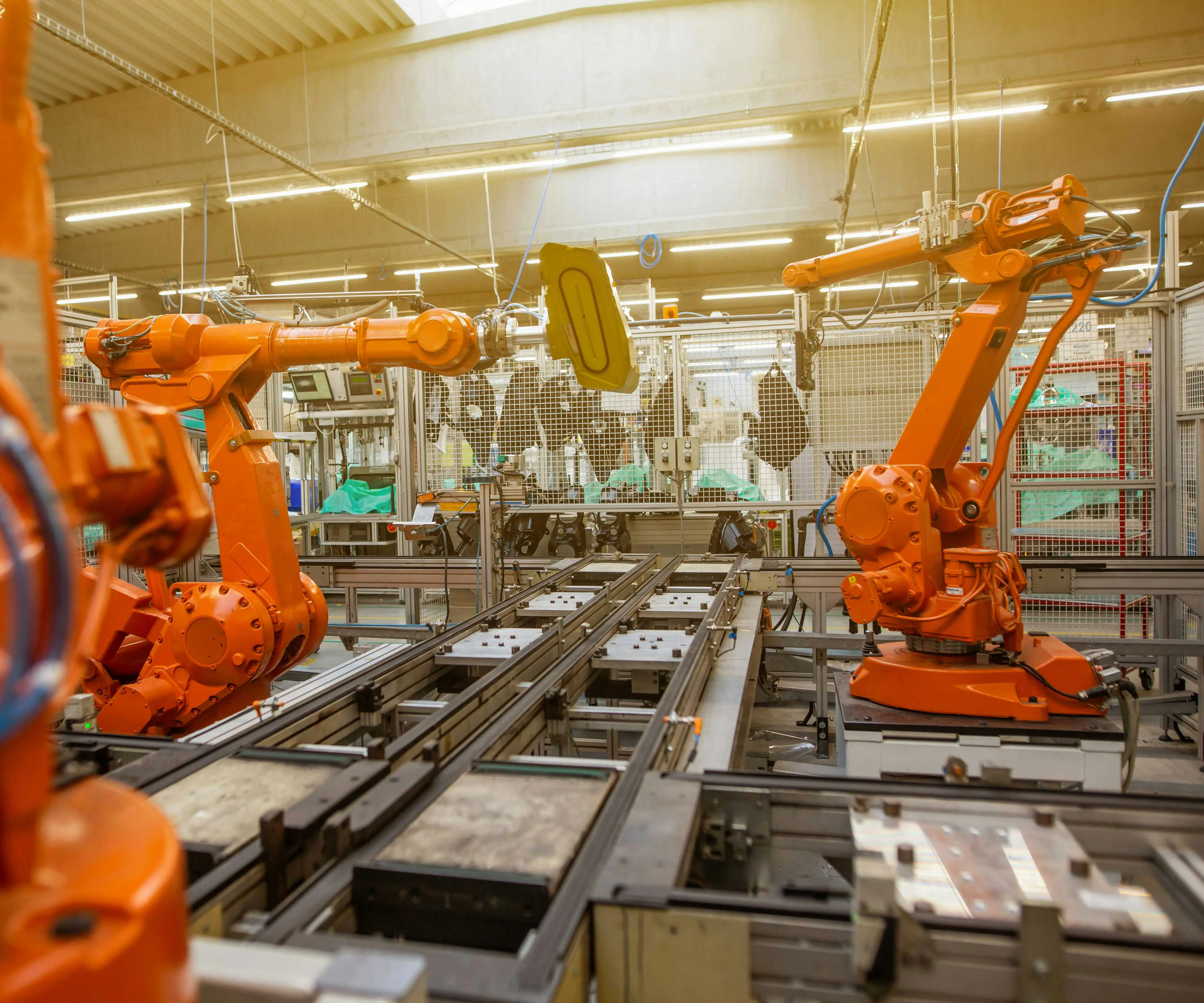Unleashing Creativity with ESP32 and Servo Motors: A Beginner’s Guide to Smart Automation
Imagine giving life to your DIY projects, crafting robots that dance, rotating cameras for perfect shots, or building automated systems that respond to your environment. The backbone of these exciting innovations often involves integrating a servo motor with a versatile microcontroller like the ESP32. This combination opens a world of possibilities—wireless control, precise motion, and creative automation—making it a favorite among hobbyists and seasoned engineers alike.

Why choose ESP32 and servo motors?
The ESP32 stands out as one of the most popular microcontrollers for IoT projects, thanks to its built-in Wi-Fi and Bluetooth capabilities, dual-core processor, and affordability. Meanwhile, servo motors are known for their accuracy and torque, making them ideal for applications requiring precise positioning like robotics, RC vehicles, and automation systems.
Together, they form a dynamic duo: the ESP32 handles complex logic, connectivity, and user interface, while the servo motor executes moving tasks with finesse. Whether you're designing a robotic arm, a smart camera pan-tilt system, or an automated curtain opener, mastering this pairing can elevate your projects from simple do-it-yourself endeavors to intricate, intelligent systems.
Understanding the basics of servo motors
Before diving into the setup, it’s vital to grasp what a servo motor is and how it works. Typically, servo motors are small rotary actuators featuring a built-in feedback control system. They are characterized by their ability to rotate to a specified angle within their range, often 0 to 180 degrees, controlled via PWM (Pulse Width Modulation) signals.
A typical servo has three wires:
Power (usually red): supplies 5V or compatible voltage. Ground (usually black or brown): completes the circuit. Control signal (usually white or yellow): receives PWM signals from the microcontroller to determine position.
The precise control of these signals allows your ESP32 to command the servo to rotate, stop, or hold at a specified angle, opening creative avenues for motion.
Hardware essentials: Getting prepared
To start, gather the essentials:
ESP32 development board: popular options include the ESP32 DevKit V1 or similar variants. Servo motor: choose based on torque needs and size. Common options include the SG90 or MG995. Power supply: if powering more than one servo or a high-torque servo, a dedicated 5V power source is often recommended to avoid overloading the ESP32. Connecting wires: male-to-male jumper wires. Breadboard or PCB: for prototyping. Optional sensors: potentiometers, IR sensors, or cameras to create interactive projects.
Wiring your servo to ESP32: the straightforward approach
The connection process is simple but crucial for smooth operation:
Connect the servo's power wire to a 5V pin or external 5V supply. Connect the ground wire of the servo to the GND on the ESP32 and, if using an external supply, ensure the grounds are common. Connect the control wire to a PWM-capable GPIO pin on the ESP32, such as GPIO 13 or 14.
Here’s an example setup:
Servo Power → 5V pin Servo Ground → GND Servo Signal → GPIO 13
For safety, especially with multiple servos, use a common ground and consider a separate power supply, as servo motors can draw significant current that might reset your ESP32 or cause voltage dips.
Programming the ESP32 to control your servo
With hardware in place, the next step is programming. The Arduino IDE is a friendly environment for ESP32 development, offering libraries like ESP32Servo or Servo.h for straightforward control.
A minimal code snippet:
#include Servo myServo; void setup() { myServo.attach(13); // GPIO 13 } void loop() { for (int angle = 0; angle <= 180; angle += 1) { myServo.write(angle); delay(15); } for (int angle = 180; angle >= 0; angle -= 1) { myServo.write(angle); delay(15); } }
This simple code sweeps your servo back and forth, demonstrating how the ESP32 can govern precise movements via PWM signals. From here, you can expand functionality—adding sensors for environmental awareness or wireless controls via Wi-Fi and Bluetooth.
Leveraging innovations in modular drive technology, Kpower integrates high-performance motors, precision reducers, and multi-protocol control systems to provide efficient and customized smart drive system solutions.




































